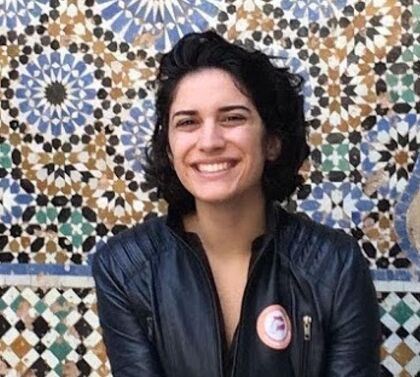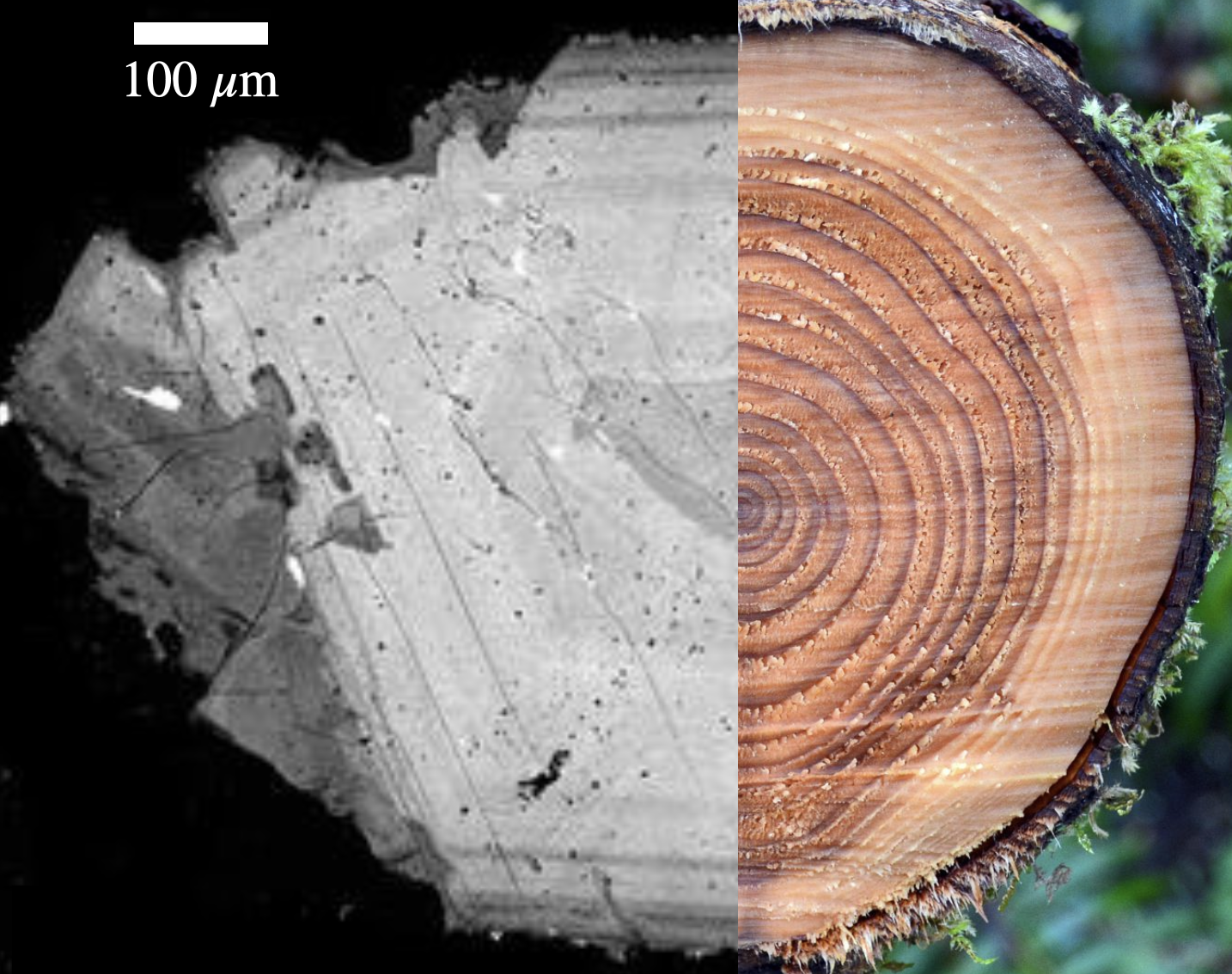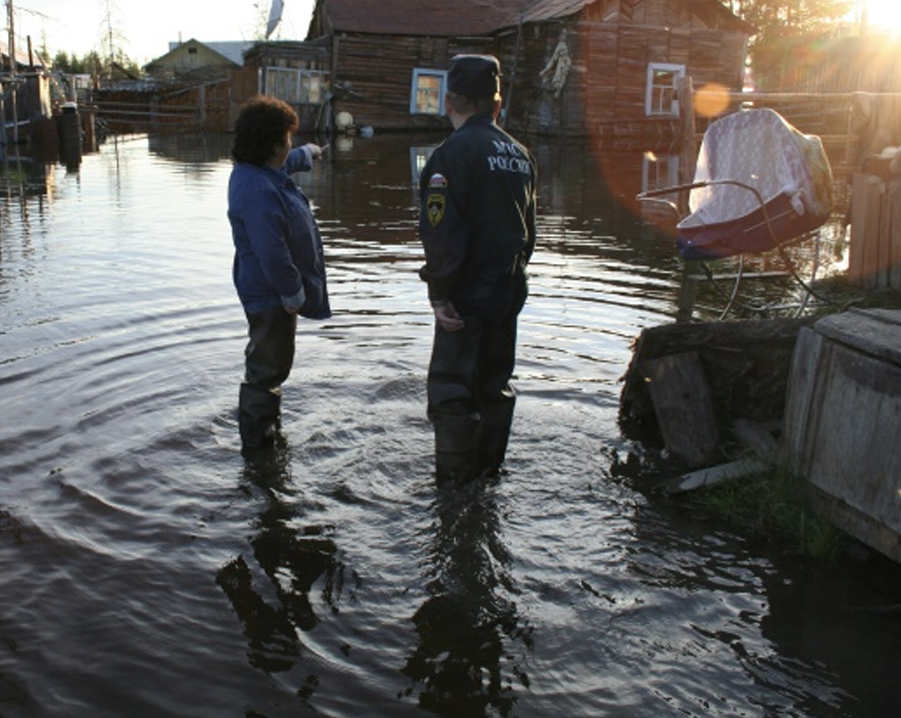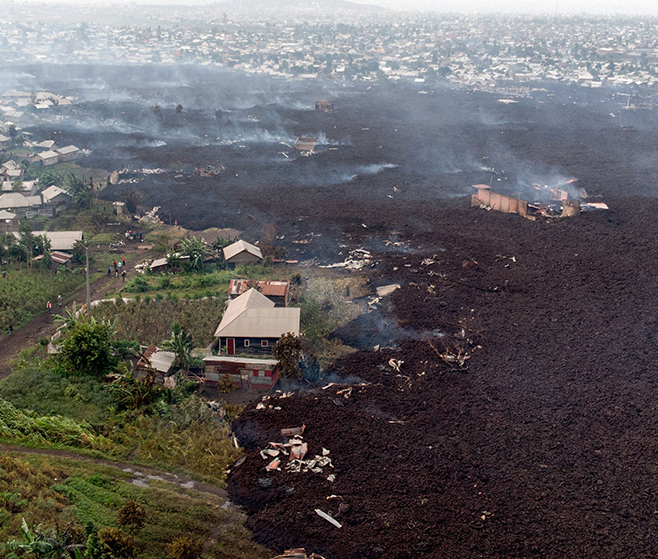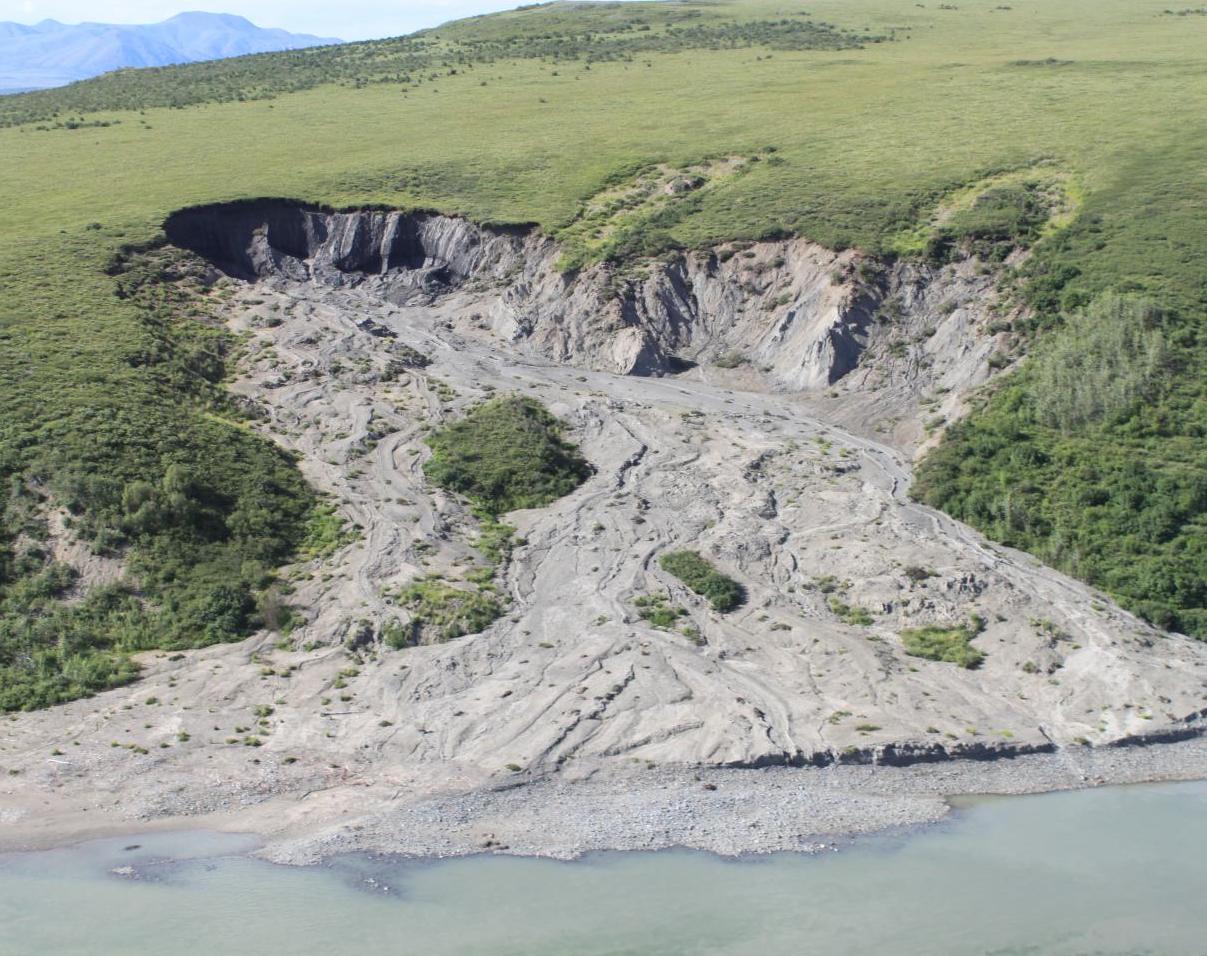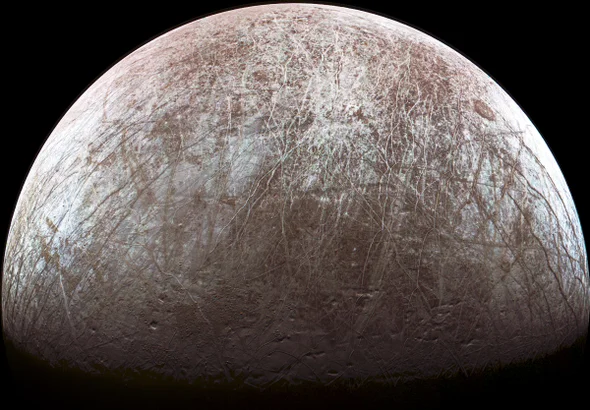About Me
As a researcher in the fields of fluid mechanics and thermodynamics with an interest in natural hazards, I research the processes that drive volcanic and magmatic hazards, permafrost hazards, and their planetary analogues. After my PhD at Stanford University on multiphase fluid and thermodynamics of volcanic hazards, I conducted research at ETH Zurich on flood response to rainfall events and heat waves in the arctic. Now, I am an NSF Postdoctoral Scholar at the University of Columbia (UBC) in Canada, where I am building models on Retrogressive Thaw Slumps. Through computational models and data analysis, my international group of colleagues and I elucidate the mechanics of natural hazards that have direct implications for communities and climate change.
In addition to my research, I co-founded outreach initiatives such as Art-SCI and Mediterranean Sustainability Coalition, and offered consultation to start-ups and the World Bank Group's International Finance Corporation. These experiences have empowered me to forge practical tools from my research, enabling communities to effectively confront imminent challenges. While my path is carved by rigorous scientific inquiry, it is fuelled by the impact that our findings have in helping communities adapt to the realities of our changing world.

